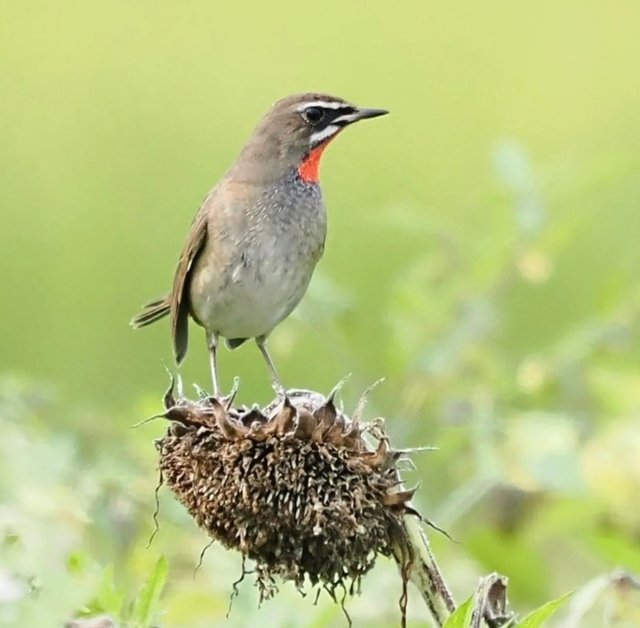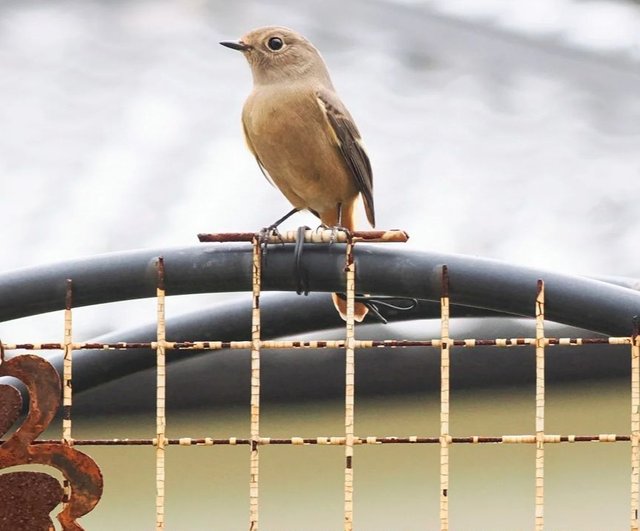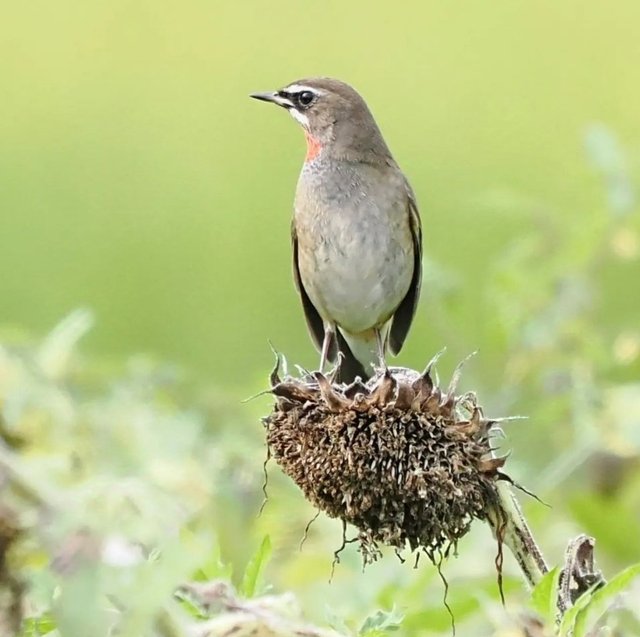The Common Nightingale, or simply "nightingale," is a small, elusive songbird renowned for its remarkable vocal abilities. Officially known by its scientific name Luscinia megarhynchos, this bird is native to parts of Europe, Asia, and North Africa. Its name comes from an Old English term meaning "night songstress," as the nightingale is one of the few birds that sings beautifully both during the day and well into the night. Here’s an in-depth look at the fascinating life of the nightingale, from its physical characteristics and habitat to its famous song and its significance in culture.
Physical Characteristics
The Common Nightingale is a relatively small bird, about 15–16 cm in length, with a wingspan of roughly 23–26 cm. Its body is slender, with a brown or reddish-brown upper plumage and a lighter, almost pale underbelly. The tail is reddish, which sets it apart from similar birds, like the thrush nightingale. Males and females look quite similar, making it difficult to distinguish them by appearance alone. Although the nightingale's plumage is fairly unremarkable, its vocal prowess more than compensates for its muted coloring.
Habitat and Distribution
The nightingale prefers dense, deciduous woodlands, thickets, and areas with plenty of low, shrubby cover. They are commonly found in warmer regions of Europe and western Asia, although their range extends across various countries, from Spain to Iran. During the winter months, nightingales migrate to sub-Saharan Africa, particularly to the savannas and forested regions where food is plentiful. In spring, they return to Europe to breed, marking their arrival with an outburst of singing that often fills the nighttime air.
Diet and Foraging
Nightingales are primarily insectivores, feeding on a diet of insects and other invertebrates. They often forage for ants, beetles, spiders, and caterpillars, which provide the necessary nutrients, particularly during the breeding season when energy demands are high. Occasionally, they may also consume berries and other small fruits, especially as they prepare for migration. The nightingale's feeding behavior is largely ground-based, as it searches for food in leaf litter and underbrush.




Thanks For Reading
Device Information
| Device | Redmi Note 10 Pro |
|---|---|
| Lens | 64 mp |
| Location | Bangladesh |
